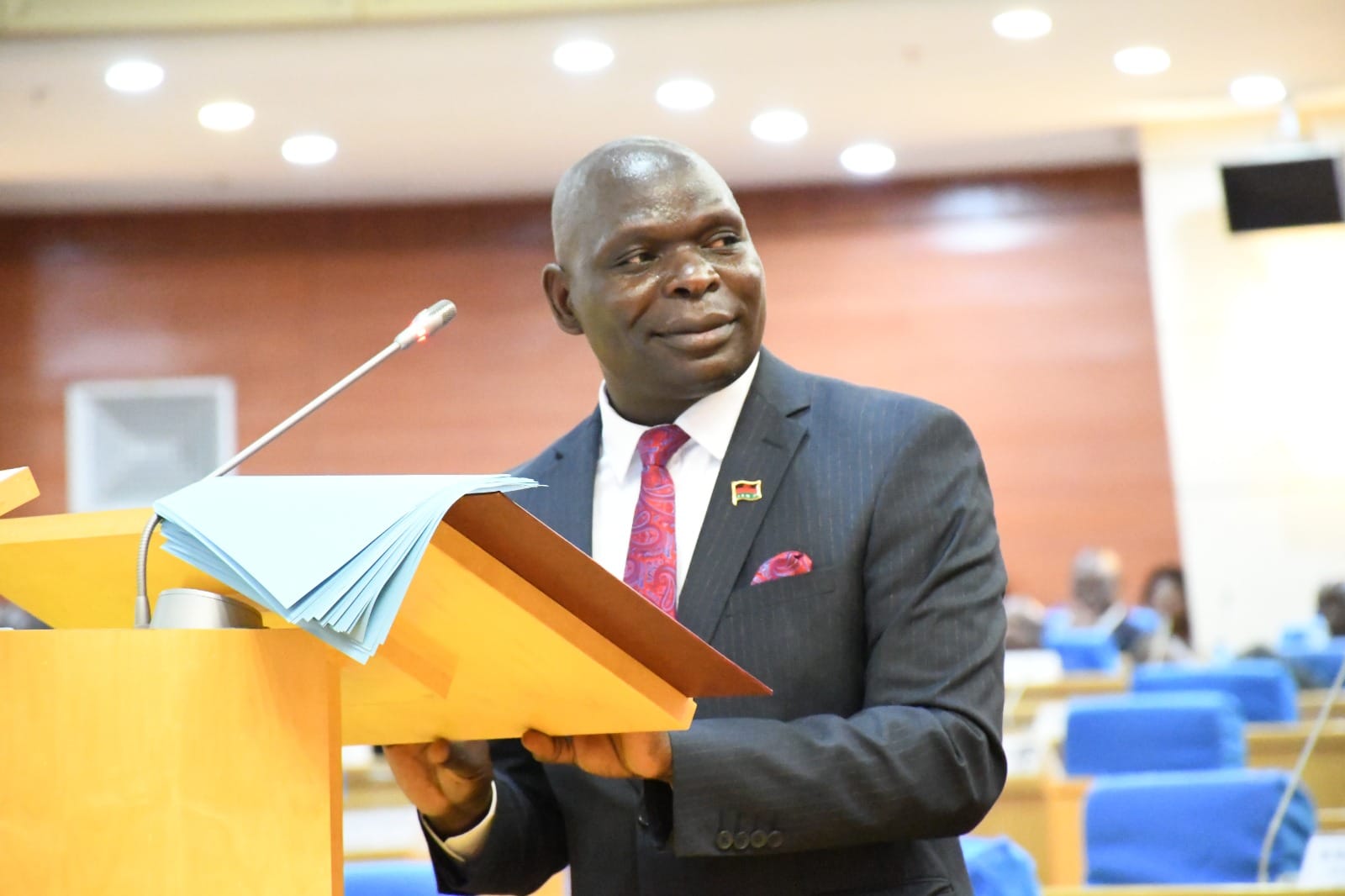MW2063 roll-out plan slow despite strides
The National Planning Commission (NPC) says implementation of the first 10-year targets in the execution of Malawi 2063 (MW2063) has been slow despite making some strides .
This, it says, is despite strides made in putting in place the requisite institutional and policy frameworks for the effective and efficient implementation of the development plan, through which the MW2063 Implementation Plan (MIP)-milestones remain attainable if supported by domestic and foreign direct investments into the economy.

In its NPC 2023 Annual Report published on Friday, the commission said while implementation of about 80 percent of the interventions that were to start between 2021 and 2022 started, 60 percent of them were either off-track or are registering very slow progress.
This was the case in all the three MW2063 pillars of agricultural productivity and commercialisation; industrialisation; and urbanisation, including the critical MW2063 enabler of ‘private sector dynamism’.
Reads the report in part: “This has mainly been due to both exogenous shocks and, in general, the nation’s low implementation capacities as well as lack of urgency in executing the MIP-1 in certain cases.
As for the other Sustainable Development Goals (SDGs), the commission said Malawi is making moderate or very slow progress on gender equality; affordable and clean energy; decent work and economic growth; industry innovation and infrastructure; climate action; and partnerships critical to the realisation of the inclusive wealth creation agenda and the achievement of two of the most important SDGs on no poverty and reducing inequality.
In an accompanying statement to the report, NPC director general Thomas Chataghalala Munthali said the main drive currently is to ensure that progress is being made in the implementation of MIP-1.
“The NPC has enhanced the task of ensuring coordination and alignment of all development plans being undertaken by both State and non-State actors to the MIP-1 and the Malawi 2063,” he said.
In 2022, the Malawi economy grew by 1.2 percent, a contraction from the 4.6 percent registered in 2021.
On the other hand, in 2023, Treasury projects the economy to grow by 1.5 percent.
The economic growth rate is below the targeted average of six percent per annum required to achieve middle-income status by 2030.
Minister of Finance and Economic Affairs Simplex Chithyola Banda said by linking the budget to the MW2063, the country’s long-term development strategy, government resources will be allocated to priority interventions as outlined in the MIP-1.
“In the 2023/2024 fiscal plan mid-year budgetary resources will continue to be allocated to strategic issues, which are aligned to the Malawi 2063,” he said.
The MW2063 seeks to transform Malawi into a wealthy and self-reliant industrialised upper middle-income country by 2063.
The blue print also projects that if the economy grows at an annual average rate of six percent, Malawi could attain the low-middle-income status by 2030, with a per capita income of between $1 006 (about K1.7 million) and $3 955 9 (about K46.7million).





